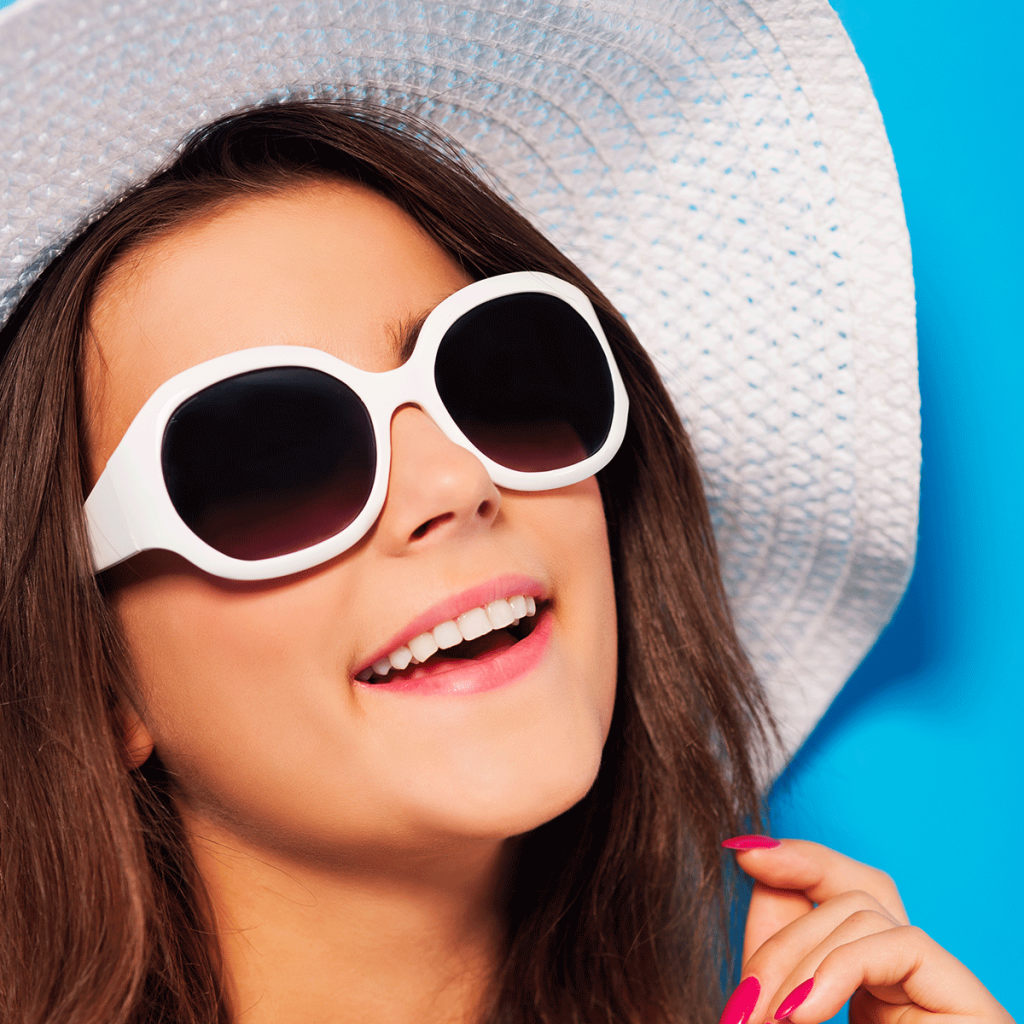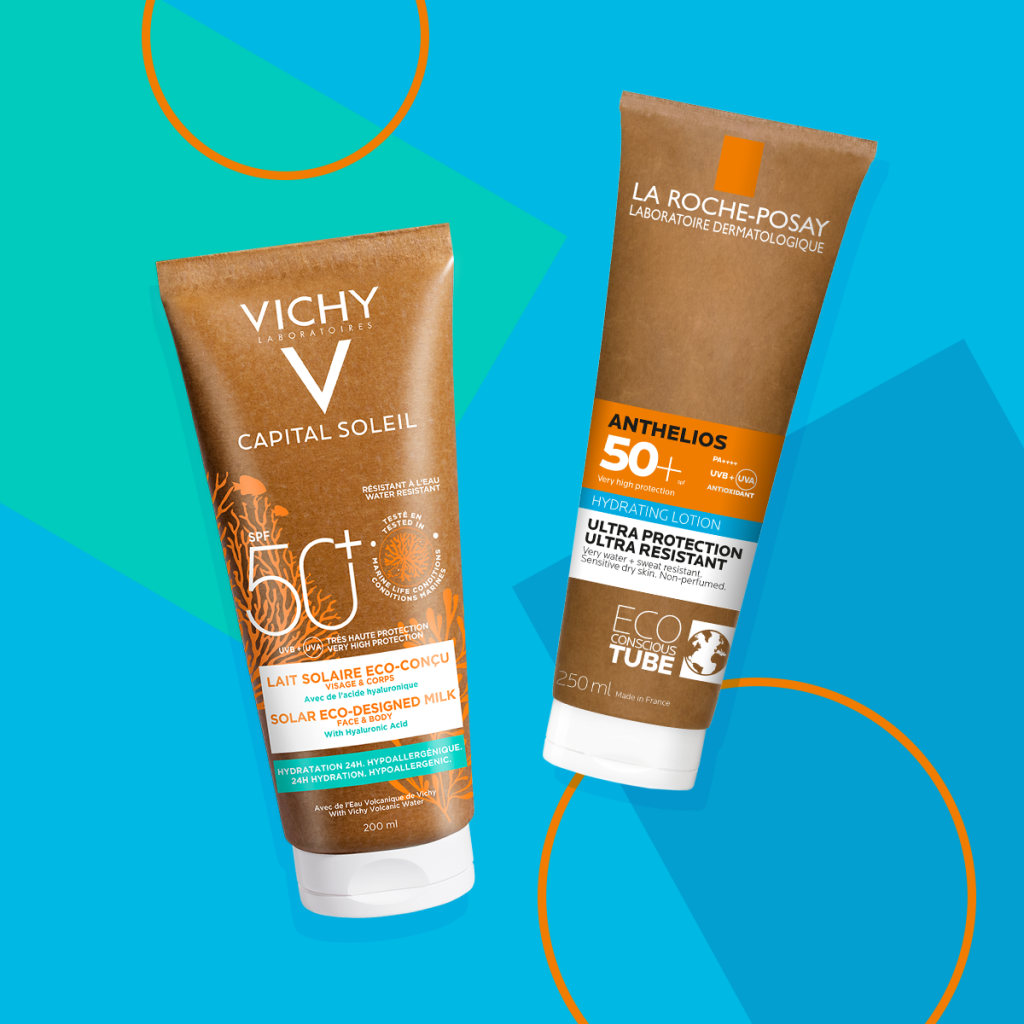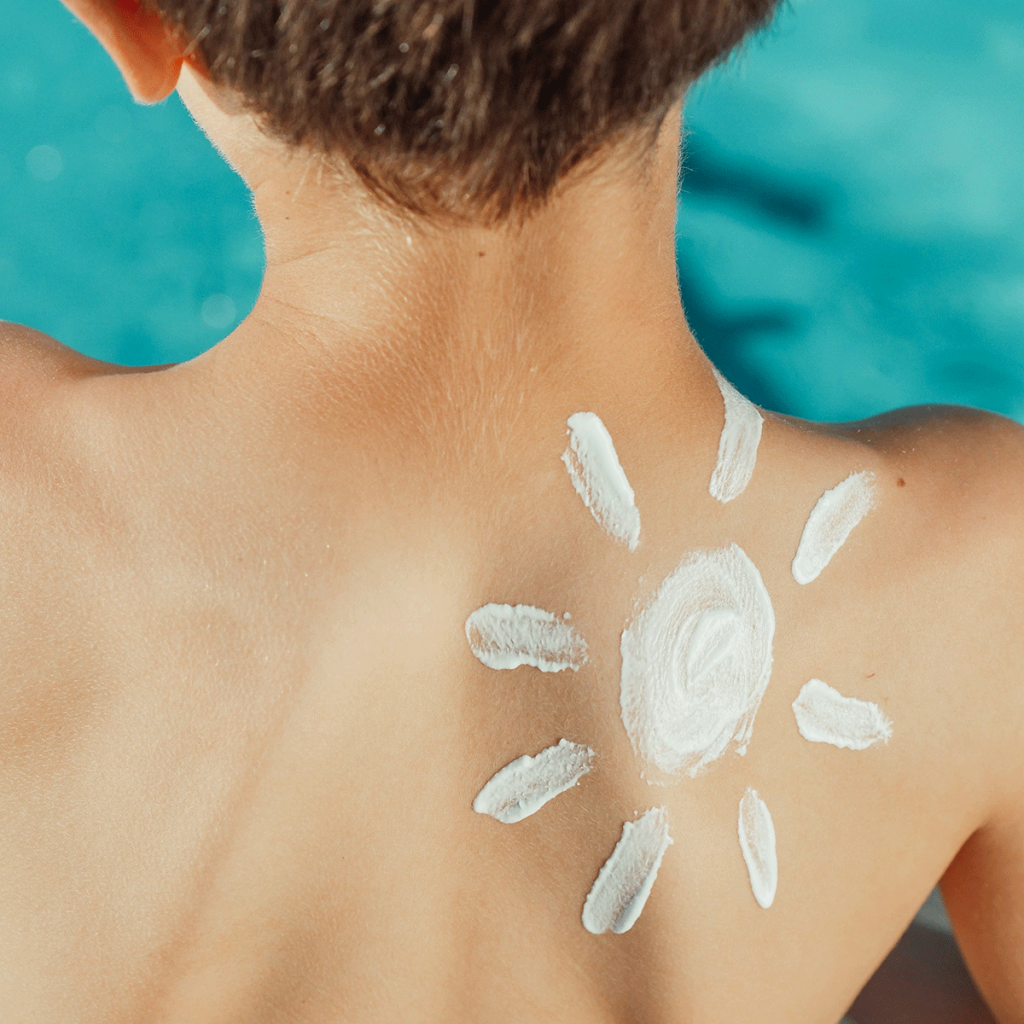The sun is by far the most important source of energy for life on Earth. The sun’s ultraviolet (UV) rays help in the formation of vitamin D in the body. Some people’s mental health is affected by decreased sun exposure, leading to a drop in serotonin levels. However, the same UV rays damage cell DNA and this damage is cumulative. Sun protection is important.
Defining excess sun exposure depends on your skin type and where you are in the world. Scientists agree that everybody needs sun protection. There are ways to mitigate the risks of sun exposure, while still enjoying the benefits and joy the sun brings.
Avoid peak sun exposure
To avoid excessive sun damage, stay away from direct sunlight when it is at its strongest. This is usually between 11 am and 3 pm. During this time, it’s important to seek shade. Remember that UV rays can also reach you by reflection off water, sand, and any light or reflective surface. Snow is notoriously reflective when it comes to the sun’s rays, for example.
Cover up
The sun’s UV rays do not penetrate all fabrics and materials, and so clothing can be used as the first line of defence against damage from the sun. This includes clothing with tightly woven fabrics, wide-brimmed hats, and CE-marked sunglasses with UV protection. Bear in mind that fabrics with a loose weave are not practical barriers and that only areas that are covered well will be protected.
Clothing that provides specific anti-UV protection also has an Ultraviolet Protection Factor (UPF) rating. Hats need to have a wide brim that goes all the way around to protect the face as well as the front and back of the neck.
Sunglasses should have a CE approval mark, which means that the product meets EU standards. A CE marking of 3 or 4 best protects from the sun’s UV rays. However, the darkness of a 4 is only recommended in intense sunlight situations and cannot be used while driving or skiing. Sunglasses should also carry a UV protection marking that blocks a significant amount of UVB, UVA, and visible light rays. Ideally, you want sunglasses that offer UV 400 protection. The number 400 indicates the wavelength these lenses are blocking, i.e. up to 400 nanometers, including UVA and UVB rays.

Pick the right sunscreen
Choosing a sunscreen for your needs may be confusing when there are so many different products with various claims, ingredients, and Sun Protection Factors (SPFs). A protective sunscreen contains ingredients that protects from both UVA and UVB. UVB is the type of radiation that causes physical tanning and sunburn, while UVA causes invisible long-term damage that leads to premature ageing and cancer.
An SPF of 30 to 50+ is recommended. Think of your lifestyle when picking sunscreen. Do you need a formula that resists sweating and swimming? Do you prefer sun protection that can double up as a foundation? Do you need a spray bottle to quickly re-apply on your kids as they run around with their friends?
Vichy’s Capital Soleil face products cater for dry or oily skins for comfortable wear. The body range includes Solar Protective Waters that enhance your tan, a hydrating Fresh Protective Milk, and a Melting Milk Gel that can be applied on wet or dry skin. The Solar Eco-Milk provides hydration and does not damage the environment.
La Roche-Posay’s Anthelios body products come in gel, lotion, and spray options – including an eco-conscious biodegradable lotion. The children’s section includes a wet skin gel and highly water-resistant easy-application sprays. All the products contain an SPF of 50+, including lip protection for sensitive lips.
Both ranges target UVA and UVB rays.
Your sunscreen starts to lose its power if it has been open beyond its Period After Opening. See the symbol of an opened jar and the number next to it to determine how long the product should be used after opening. To derive full benefit from your sunscreen, you need to apply enough product and cover every exposed part of your body. You need to re-apply every 2 hours and after sweating or prolonged swimming.

Protect the kids
The sun’s damage is augmented on children’s vulnerable skin; it is not recommended to expose toddlers under three years and babies directly to the sun. The above rules should be followed strictly, i.e. avoid peak hours, cover up as much as possible, and apply sunscreen generously and frequently.
This practice not only protects children from long-term sun damage but instils in them habits that will keep protecting them from UVA and UVB as they grow older.

Sources:

